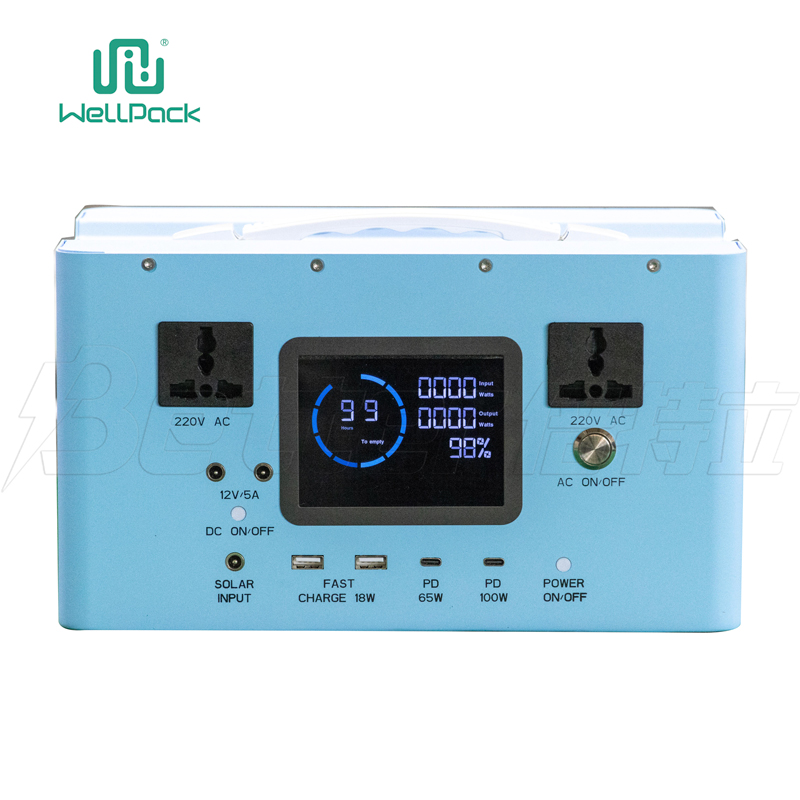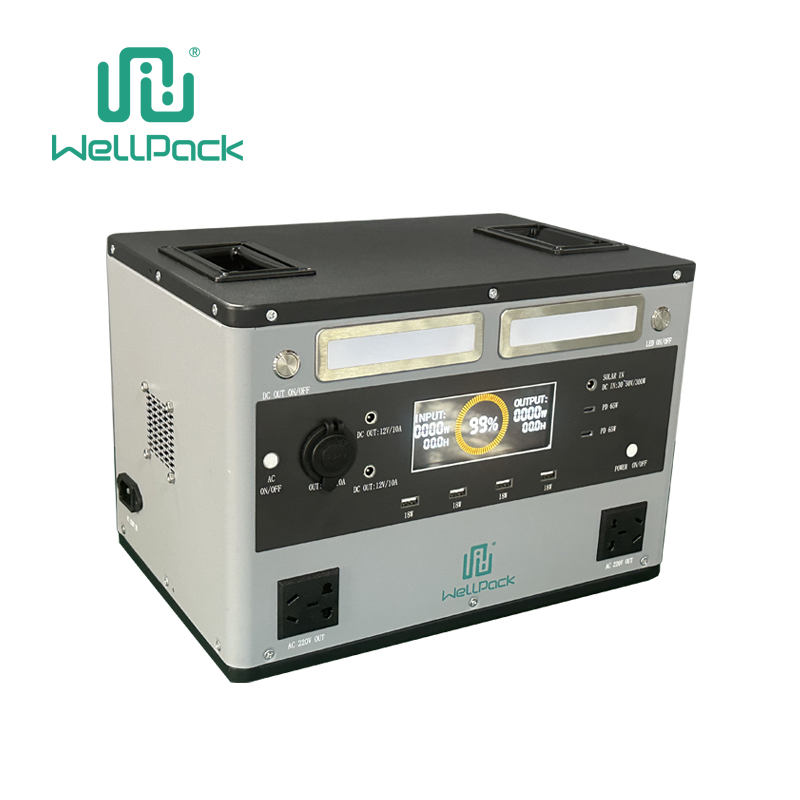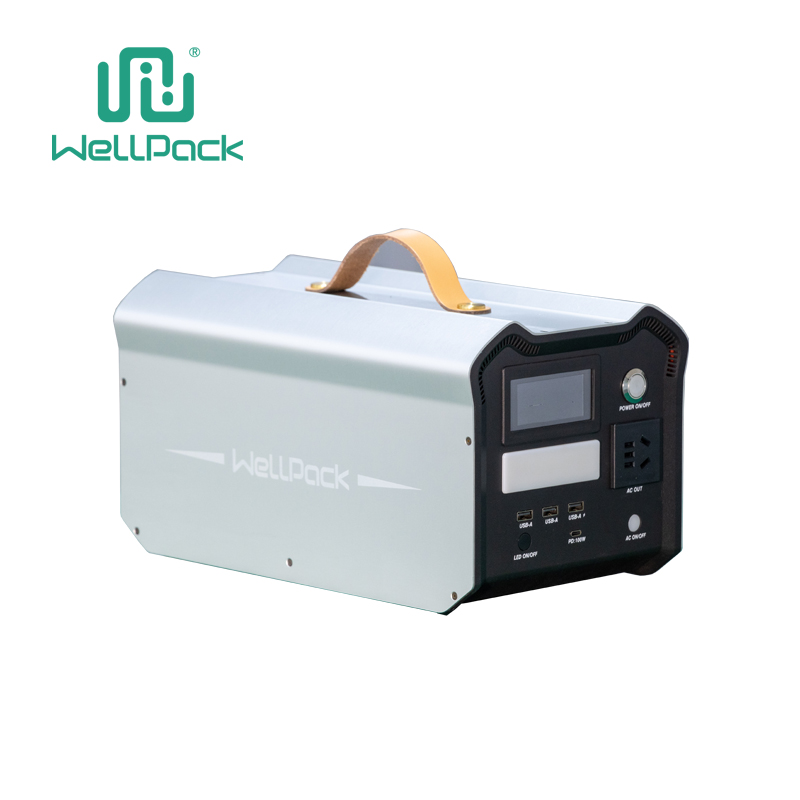Many people are unclear about why lead-acid batteries lose charge even when not in use. The reasons for their failure can generally be divided into three categories:
Overcharging or Deep Discharging in a Water-Deprived State
This happens frequently in vehicles like taxis that operate continuously. The battery often works in a water-deprived state while the generator provides a float charge, causing the battery to overheat. The plates can bend and short-circuit, leading to battery failure. In cases of overcharging, the electrolyte temperature rises, and in severe cases, the electrolyte boils, causing it to violently wash the plates. This process causes lead powder to fall off, and over time, the accumulation of this lead powder leads to short circuits when it touches the plates, thus rendering the battery useless. Lead-acid batteries, particularly those with sulfuric acid solution, are prone to this type of damage when used in vehicles, as the solution continuously flushes the plates, which accelerates the falling off of lead powder. Such batteries cannot be repaired, and more than 90% of the batteries scrapped from taxis are irreparable.
Low-Quality or Refurbished Batteries
These batteries are often made from substandard materials, and their plates and electrolyte solutions are of poor quality. They may provide some power when new, but they cannot maintain that performance for long, leading to quick failure, which cannot be fixed.
Sealed Lead-Acid Batteries
These batteries have a separator, often made of wool felt, that absorbs the electrolyte between the plates. These plates are less likely to suffer from damage due to external shock, and the primary failure mode is "irreversible sulfation" on the plates. The white lead sulfate crystals formed on the plates reduce the effective surface area, decreasing the battery’s capacity. For example, a battery that could originally power an electric bike for 40 kilometers after a full charge might only go 20 kilometers, and eventually, it may not be able to move at all, rendering it unusable.
There are several reasons for the formation of lead sulfate crystals. The most common reason is leaving the battery unused for a long period. For example, a new car in a dealership that is not sold for a long time may fail to start when it is finally sold, because the lead sulfate crystals have accumulated on the plates. Similarly, if a private car owner goes on a long business trip and the car is left unused, the battery may fail to start when they return. Another cause is deep discharging, such as leaving the car’s lights on overnight, which is particularly damaging to motorcycle batteries. When dissecting these sealed lead-acid batteries, you can see that the white lead sulfate crystals have bonded the two plates together, making it impossible to separate them. In this case, each cell, which originally had a voltage of 2V (a 12V battery consists of 6 cells connected in series), now shows nearly zero voltage.
Repairing and Reviving Lead-Acid Batteries
Batteries that have been scrapped due to the reasons mentioned above can be revived. Modern pulse technology can turn this "irreversible sulfation" phenomenon into a reversible one. On March 15, 2005, German engineer Bingle and Ochi Power engineer Ray developed a new generation of battery protection products, the battery repair device. After more than six months of testing, the results were positive. Dissecting a sealed lead-acid battery that had been repaired, the white lead sulfate crystals on the plates were nearly gone, and the battery voltage had risen from near zero back to the normal voltage range. After repair, the battery could be charged and discharged normally, with its capacity restored to 90% or even exceeding 100%.
According to U.S. reports, batteries repaired with this pulse technology can have their lifespan extended by more than five times. While we haven't conducted this type of test ourselves, we are confident that, for properly manufactured electric bike batteries, the lifespan could be doubled after repair.
Protecting Lead-Acid Batteries to Extend Their Lifespan
In 2005, we also developed a battery protector and lifespan extender, which is an electronic product that is connected to both ends of the battery and powered by the battery itself. It is low-energy and works by preventing the formation of lead sulfate crystals. The principle of this product is to use pulse waves to prevent crystal nucleation, thereby stopping the formation of lead sulfate crystals. In simpler terms, the pulse waves continuously clean the plates, ensuring that the battery provides sufficient power. Users of this protector have reported that their battery capacity is much better. In colder regions, where temperatures are relatively low, it’s common for cars to fail to start in the morning. If the protector and extender are used, this problem can be eliminated, thus extending the lifespan of the lead-acid battery.










